How Extreme Networks got inside track on sports stadium installations
This morning Extreme Networks announced its quarterly results for Q2 FY22. As has been the trend recently, Extreme put up another solid quarter, posting revenues of $280.9 million and non-GAAP EPS of $0.21, beating the expected numbers of $272.1 million and $0.17 respectively. The revenue number grew a healthy 16% year over year. Its Q3 revenue guide is $276M to $286M, the midpoint of which is in line with the Street’s expected $281.1M, where EPS is expected to be $0.16 to $0.21, also in line with the expected $0.18.
Extreme has now exceeded its numbers for the past four consecutive quarters, showing an acceleration to the business, despite a tough macro environment slowed by supply-chain shortages and uncertainty about people returning to work. One of the important financial metrics to examine is that SaaS ARR is now $88.3M, up 55% YoY and 11% QoQ. The shift to the cloud creates much greater predictability for investors. The strong numbers were driven by strong demand from its customers, highlighted by more than $90M in incremental backlog, bringing the total to almost $300M. As the chip and supply shortages ease, that $300M will convert into revenue.
Extreme now in the SD-WAN space
During the quarter, Extreme completed the integration of Ipanema, which was faster than expected. This will bring SD-WAN (software-defined wide-area network) into Extreme’s broad portfolio of networking products. SD-WAN was the missing link in the company’s end-to-end enterprise networking portfolio, which also includes campus switching, Wi-Fi, data center, and hybrid work products. SD-WAN also provided a path to SASE (secure access service edge), enabling Extreme to pivot to security.
This quarter was also highlighted by some new sports partnerships, an area in which Extreme has been a leader for the better part of a decade. Stadium Wi-Fi is very difficult because keeping tens of thousands of fans connected requires a major feat of engineering, but this is something Extreme does very well. The company currently has Wi-Fi / Wi-Fi analytics relationships with the NFL, Major League Baseball and NASCAR and announced it is adding the National Hockey League (NHL). The agreement is for Extreme to be the official Wi-Fi analytics provider of the pro hockey league.
NHL added to Extreme’s roster of pro sports leagues
The NHL will use the insights from ExtremeAnalytics in a similar way to the other sports leagues. The product provides granular insights into who is using what application and when. It also shows usage patterns to optimize the performance of the apps; improving fan experience is critical to all sports leagues. At a basic level, this ensures that the Wi-Fi network is performing as expected. During the game, fans are texting, TikTok-ing, Instagramming, Tweeting, and other social activities. When the network is not working, it can be incredibly frustrating.
Also, since COVID began two years ago, the fan’s mobile device has taken on an even more important role. Most venues only accept digital tickets; QR codes for vaccine checks are mandatory at many locations; and concession and memorabilia are mostly cashless. Even things such as 50/50 raffles no longer accept cash, creating a further reliance on Wi-Fi and the mobile phone.
There’s another trend coming that will require better-performing Wi-Fi: in-stadium betting. While we aren’t quite there yet, most of the sports leagues are prepping for it. There is a significant amount of money to be made from daily leagues, fantasy sports, prop bets, and more. There is also a significant amount of risk if the network happens to go down in the middle of a transaction. Wi-Fi will need to evolve from a network that is the best available now to one that’s always on and always performing. The ExtremeAnalytics platform is used by most sports leagues to do that.
Super Bowl analytics powered by Extreme
In addition to the NHL, Extreme announced that for the ninth consecutive year that it would be providing Wi-Fi analytics for the Super Bowl. Although SoFi stadium is predominantly Cisco equipment, as per this ZDNet post, Extreme provides the Wi-Fi analytics league-wide, including the championship game.
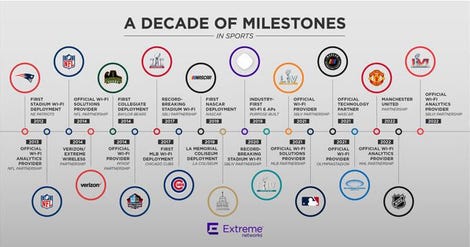
Extreme Networks’ milestones.
Extreme Networks
Extreme’s expertise in sports and entertainment started in 2012 when it won the stadium Wi-Fi contract for the New England Patriots. I recall going to an event at Gillette Stadium and Jonathan Kraft, president of the Patriots, told a group of media and analysts that Extreme was the only Wi-Fi vendor willing to guarantee performance. Nine Super Bowls later, the company has built a highly successful sports and entertainment practice. While the nine Super Bowls isn’t quite as impressive as QB Tom Brady’s 10, it’s a noteworthy accomplishment.
English Premier League the next frontier for Wi-Fi
Another announcement in this area is that Extreme Networks has been selected as the Wi-Fi 6 and Wi-Fi analytics provider for Manchester United, one of the marquee teams in the English Premier League. “Man U” is owned by the same ownership group as the Tampa Bay Buccaneers, a long-time Extreme customer, which certainly helped establish a relationship. The EPL has not been as aggressive with digitizing soccer as the North American sports leagues, likely due to the near-monopoly it has on sports in the UK. The world is changing though, and high-performance Wi-Fi is no longer an option.
Old Trafford Stadium, home of Man U, adds to the list of iconic stadiums Extreme has now modernized with its Wi-Fi products. The list includes the previously mentioned Trafford but also Berlin Olympic Stadium, Daytona Speedway, Wrigley Field, the Bell Center, Lambeau Field, L.A. Coliseum, and America’s most beloved ballpark, Fenway Park. Extreme also recently added Stanford Stadium, right in the backyard of its bigger Silicon Valley competitors.
The digitization of sports has some interesting potential to shift competitive dynamics. Currently, big market teams are the ones with big TV contracts. Some leagues, such as the NFL, do a nice job of revenue sharing but others, like MLB, have an imbalance in opportunity, because the Yankees, Red Sox, Dodgers, and others have far more money than small-market teams.
Capitalizing on digital trends can create an entirely new revenue stream for all teams, allowing them to close the gap. As an example, the Edmonton Oilers have the most exciting young player in the NHL in Connor McDavid. The team and league should be venturing into digitizing McDavid to get him the same time of exposure as he could have in New York or L.A. Teams can use their digital prowess to attract high-profile free agents that may have once shunned a market such as Edmonton’s. The digitization of sports can democratize opportunity for all teams in all markets.
The transformation the sports leagues are now experiencing is something all IT and business leaders should be watching. I saw a recent study that found that 58% of customer interactions are now digital, and 55% of all products and services have been digitized. While sports and entertainment are ahead of the curve, largely due to necessity, this trend is coming to all businesses. Good-quality Wi-Fi is critical to modernizing customer and employee experience. Companies that ignore this area will soon see customers bolt for competitors that don’t.

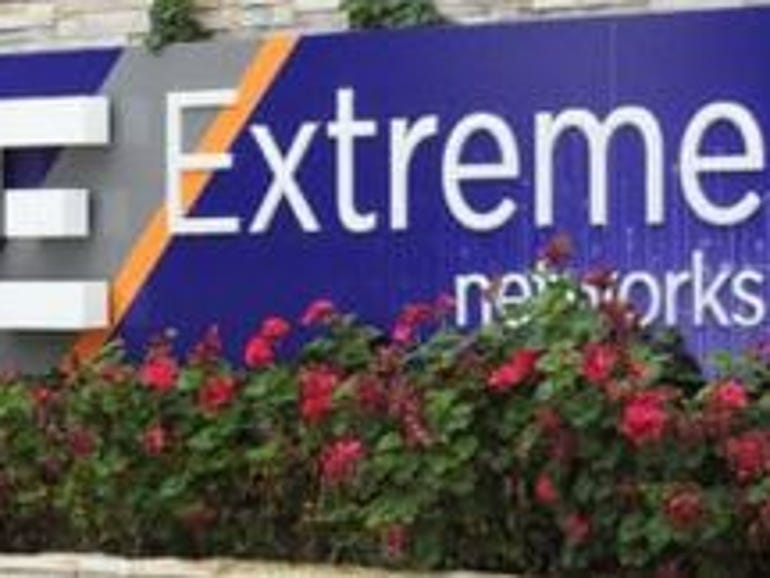
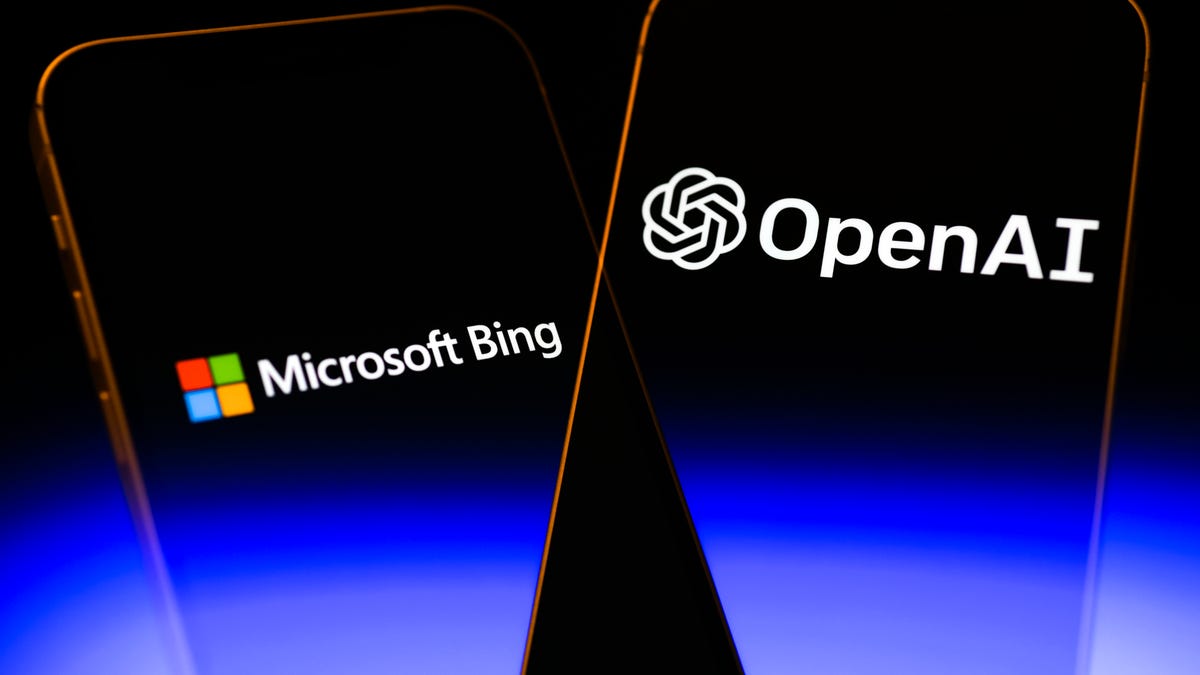
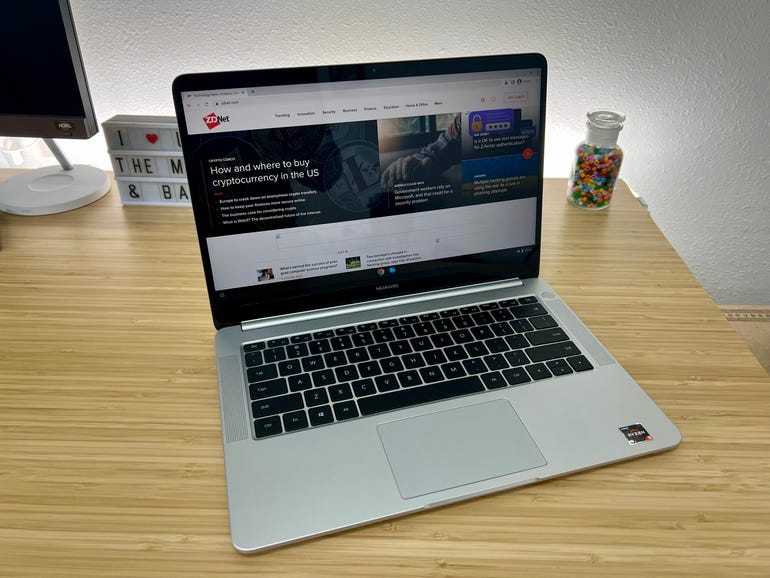
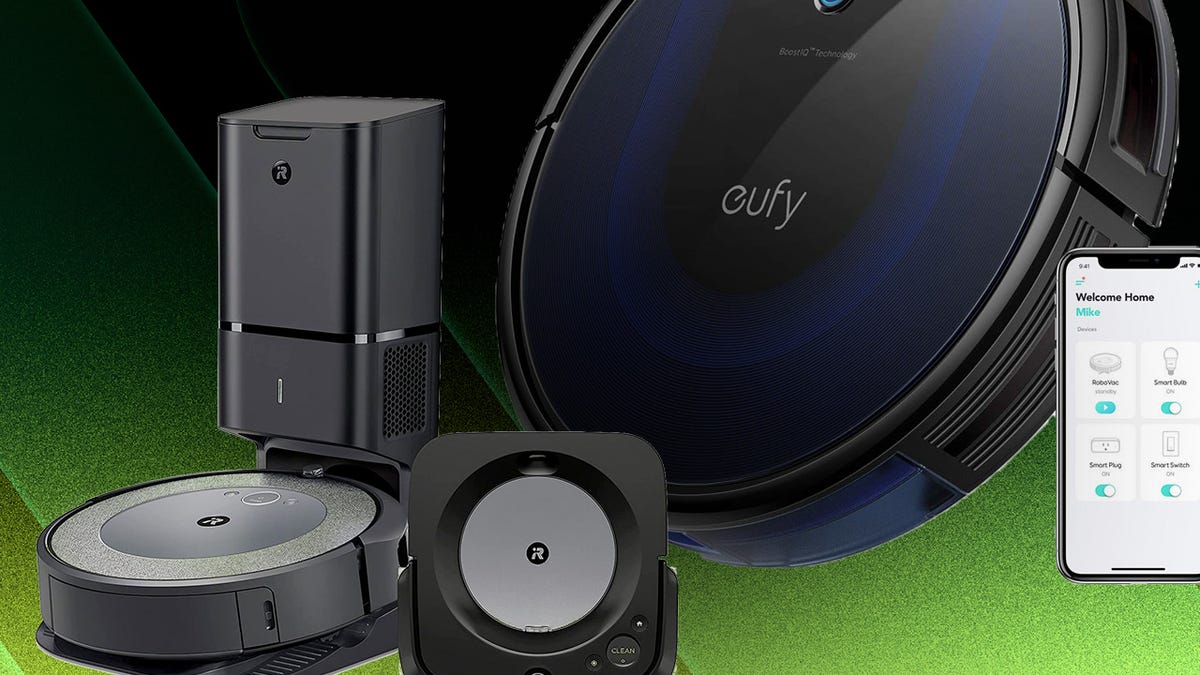
Pingback: click to read
Pingback: dmt vape pen https://exotichousedispensary.com/product/dmt-vape-pen/
Pingback: https://ecommunity.uwberks.org/comm/AndarTrack.jsp?A=4067733D5D2174343C437E3E&U=42223D2D4029325A5D287E3E&F=https://phforums.co.za/betway-south-africa-betting/